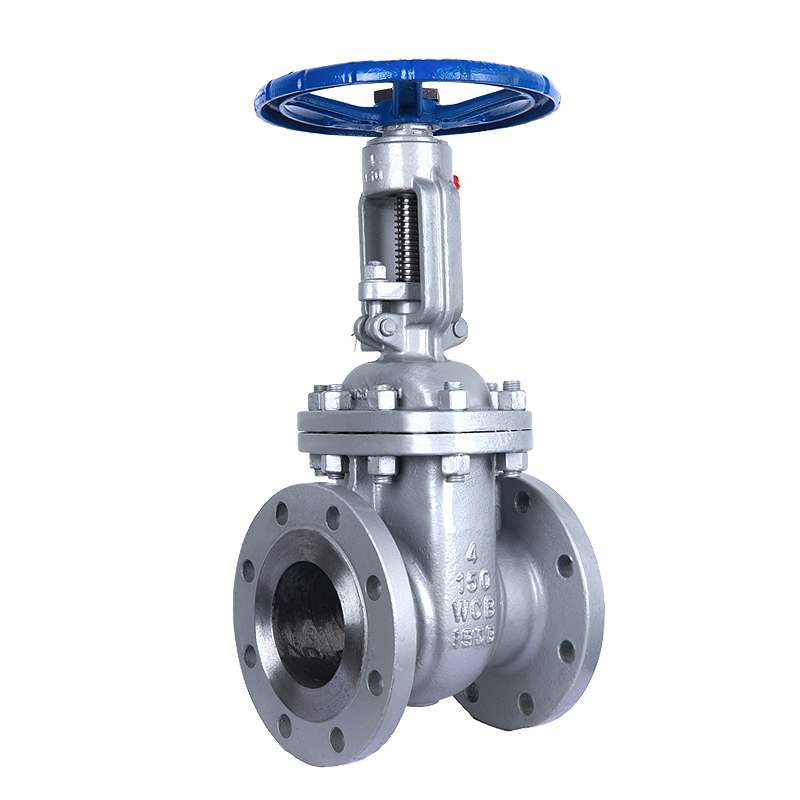Cost Analysis of Slip-On Flanges for Various Applications and Industries
Understanding Slip-On Flange Prices Factors and Market Trends
Slip-on flanges are a type of flange that is slid over the pipe before being welded into place. They are widely used in various industries due to their simple design and ease of installation. However, like any industrial component, the prices of slip-on flanges can vary significantly based on several factors. Understanding these factors can help businesses make informed purchasing decisions.
1. Material Composition
The material used in the manufacturing of slip-on flanges is one of the primary factors influencing their price. Common materials include stainless steel, carbon steel, and alloy steel. Stainless steel flanges are typically more expensive due to their corrosion resistance and durability, making them ideal for applications in chemical processing and marine environments. Conversely, carbon steel flanges are often less costly and are commonly used in low-pressure applications. The type of material selected must align with the application requirements, contributing to the overall investment cost.
2. Size and Class Ratings
The dimensions and pressure class ratings of slip-on flanges impact their pricing as well. Flanges come in various sizes, from small diameters to large industrial sizes, and the cost tends to increase with the diameter. Additionally, as the pressure class rises, so does the cost. Flanges that can withstand higher pressures often have thicker, more robust designs, which require more materials and more complex manufacturing processes.
3
. Standards and CertificationsSlip-on flanges need to comply with certain industry standards, such as ASME, ANSI, API, and ASTM. Flanges manufactured to meet these standards often come with certifications that ensure their quality and reliability. Flanges produced with higher standards or that carry certain certifications will usually be priced higher due to the assurance of quality and adherence to safety regulations.
slip on flange price

4. Quantity and Bulk Purchases
The quantity of slip-on flanges being ordered can also affect the price. Many suppliers offer discounts for bulk purchases or larger orders. For businesses that need a consistent supply of slip-on flanges, negotiating prices based on volume can lead to significant savings. Additionally, long-term contracts may provide favorable pricing structures that further reduce costs.
5. Market Trends and Demand
Fluctuations in market demand can affect slip-on flange prices. For instance, during periods of increased construction and infrastructure development, the demand for flanges may rise sharply, leading to higher prices. Conversely, during economic downturns, prices may decrease due to lower demand. Given this volatility, businesses should keep abreast of market trends to make strategic purchasing decisions.
6. Supplier Reputation and Location
The reputation of the supplier can greatly influence the price of slip-on flanges. Established suppliers with a history of providing high-quality products and excellent service may charge premium prices. Additionally, the geographical location of the supplier can also impact costs due to shipping fees and local market dynamics. Sourcing flanges from local suppliers may reduce shipping costs and lead to faster delivery times, but it’s essential to balance these factors with the quality of the flanges being offered.
Conclusion
In conclusion, the price of slip-on flanges is influenced by various factors, including material composition, size and class ratings, standards and certifications, quantity purchased, market demand, and supplier reputation. Knowing these factors allows businesses to evaluate their purchasing options critically and choose flanges that best suit their needs while remaining within budget constraints. As industrial applications continue to evolve, staying informed about trends and changes in the flange market will be crucial for companies looking to maintain competitiveness and ensure operational effectiveness. Understanding these dynamics will empower organizations to make smarter investment decisions, enhancing their productivity and profitability in the long run.
-
The Key to Fluid Control: Exploring the Advantages of Ball Valves in Industrial SystemsNewsJul.09,2025
-
The Versatile World of 1, 2, and 3 Piece Ball ValvesNewsJul.09,2025
-
Stainless Steel Ball Valves: The Ideal Choice for Efficient Flow ControlNewsJul.09,2025
-
Optimizing Fluid Control with Ball Float ValvesNewsJul.09,2025
-
Manual Gate Valves: Essential for Control and EfficiencyNewsJul.09,2025
-
Everything You Need to Know About Butterfly ValvesNewsJul.09,2025
-
The Versatility of Wafer Type Butterfly ValvesNewsJul.08,2025




